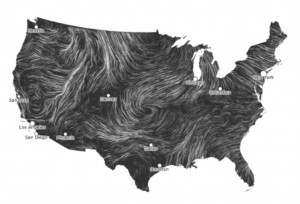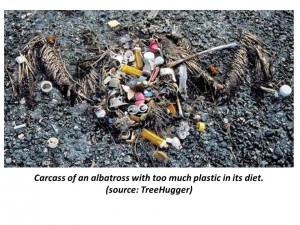Pen mightier than the sword? Hardly. All the words in the world have barely moved the needle on American’s indifference toward climate change. As long as there’s air conditioning in the summer and skiing in the winter, it’s pretty much business as usual.
Maybe music can help?
In separate projects, two musicians mapped temperature readings to musical notes to spotlight recent warming spikes. The songs start in the past and conclude in the present, with the pitch rising markedly along with the temperatures.
First, let’s listen to the anxious violin, a 24-second song spanning six centuries of climate readings.
Now the somber cello, which covers the last 130 years.
A Song of Our Warming Planet from Ensia on Vimeo.
“Climate scientists have a standard toolbox to communicate their data,” says the cellist, Daniel Crawford, University of Minnesota class of 2017. “What we’re trying to do is add another tool to that toolbox, another way to communicate these ideas to the people who might get more out of this than maps, graphs and numbers.”
It’s not Mozart, but it certainly makes the point. Credit these guys for recognizing logic is overrated and that sometimes you’ve got to go straight for the gut.
More here from the New York Times.







 “With urban wood, we know where it came from,” says Bill Holloway, proprietor of
“With urban wood, we know where it came from,” says Bill Holloway, proprietor of 

